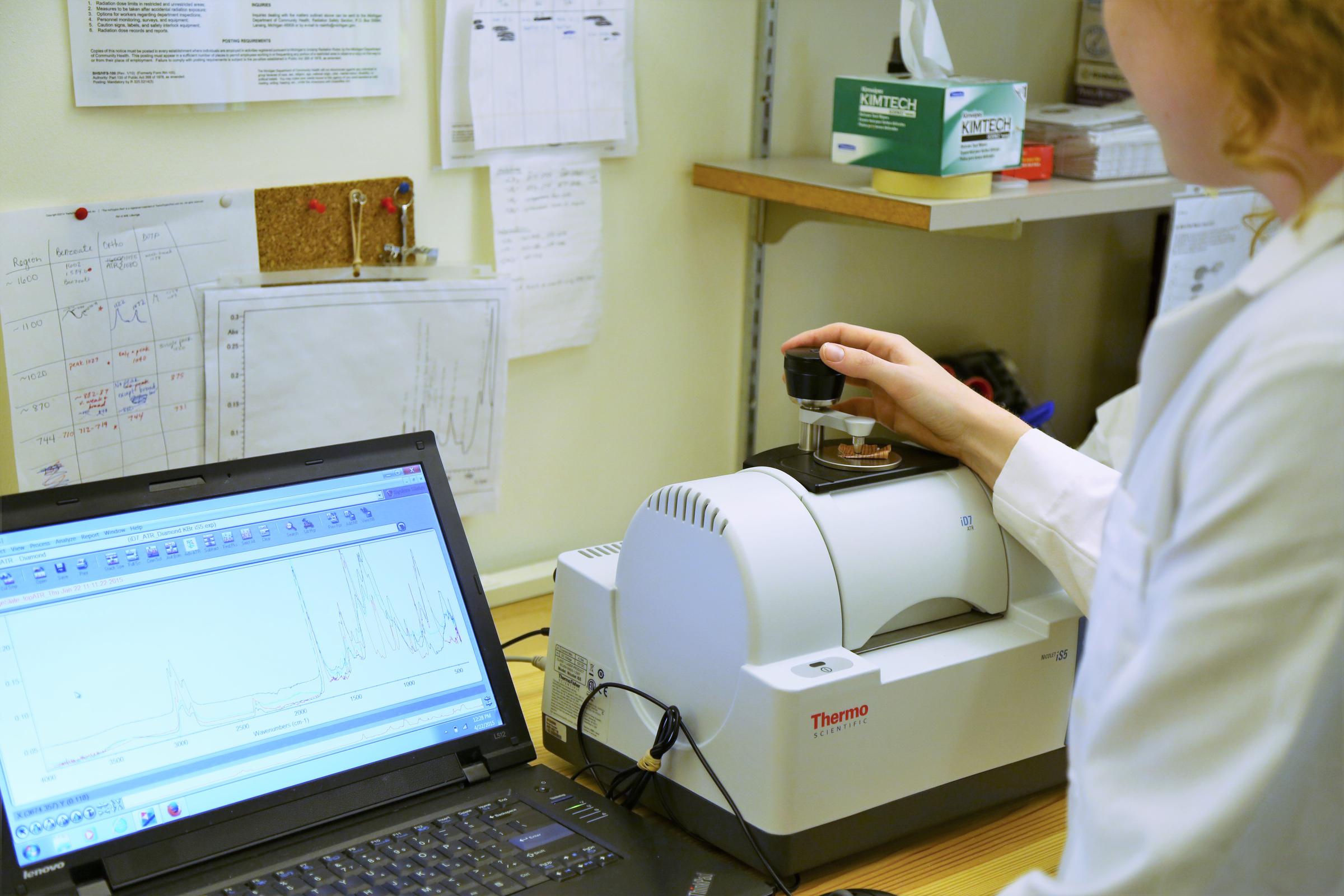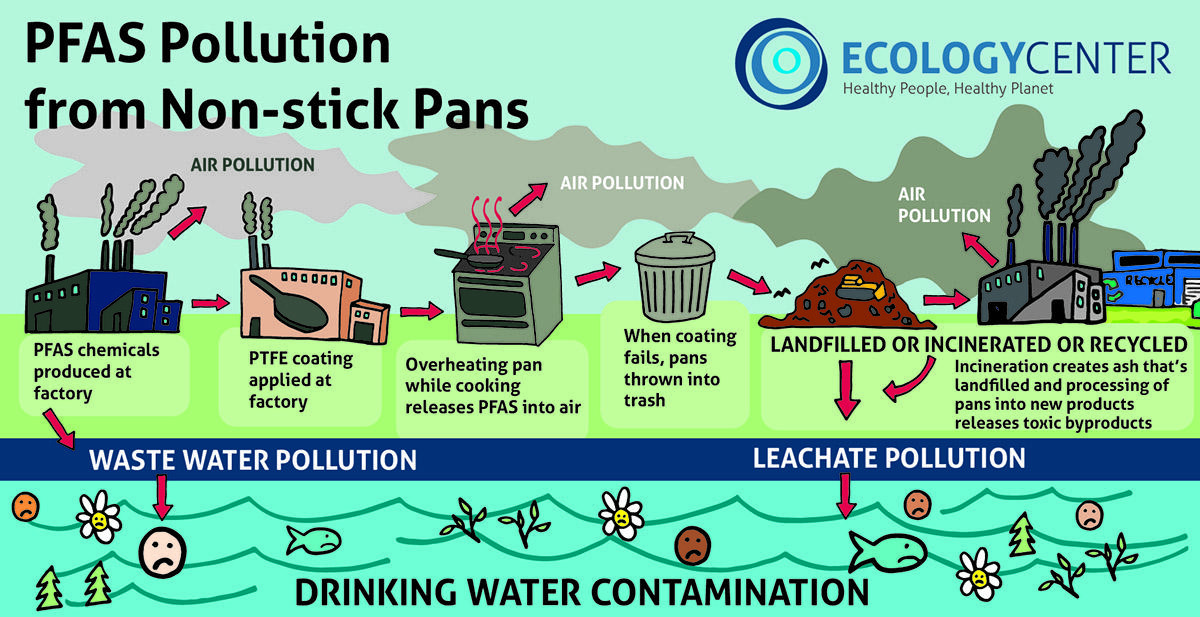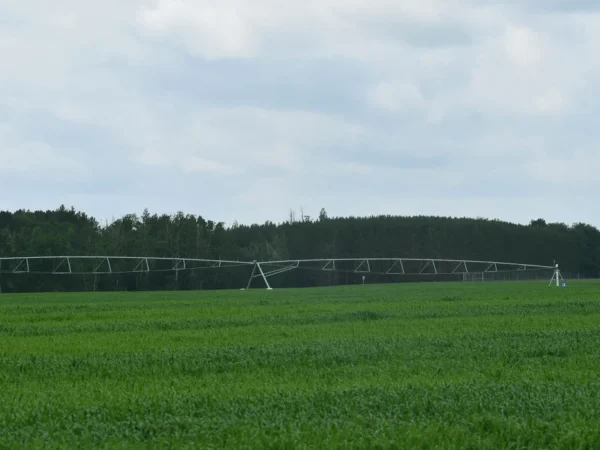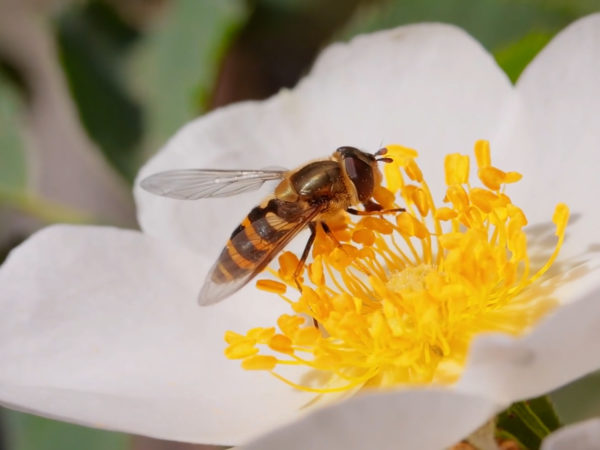
By Lester Graham, Michigan Radio
The Great Lakes News Collaborative includes Bridge Michigan; Circle of Blue; Great Lakes Now at Detroit Public Television; and Michigan Radio, Michigan’s NPR News Leader; who work together to bring audiences news and information about the impact of climate change, pollution, and aging infrastructure on the Great Lakes and drinking water. This independent journalism is supported by the Charles Stewart Mott Foundation. Find all the work HERE.
A Michigan-based environmental group has found many nonstick pans are coated with a chemical from the PFAS family.
“We suspected that a lot of pans that say nonstick would be coated with PTFE without saying so on their packaging. And that was one of the findings of this investigation. That Teflon-type coatings, the same polymer, are very common on nonstick cookware. But, it’s very hard to tell from the packaging you see in the store,” said Gillian Miller, senior scientist with the Ecology Center in Ann Arbor.
The group tested 14 cooking pans and 10 baking pans from different retailers in different price ranges. It found 77% of the cooking pans were coated with PTFE, polytetrafluoroethylene. 20% of the baking pans had PTFE.

(Graphic courtesy of Ecology Center)
“Many of the packages make claims that could possibly confuse people. They’re not necessarily inaccurate claims, but they’ll often state PFOA free,” Miller said.
What is not said is that PFOA is used in the process to make PTFE.
PFOA is a common and notorious chemical in the PFAS family. It’s been found in drinking water in high amounts in some areas.
Being PFOA free does not mean PFAS-free.
Catch up with PFAS news on Great Lakes Now:
Tests reveal elevated PFAS levels in Madison lakes
Wisconsin releases action plan to reduce PFAS chemical use
PFAS News Roundup: PFAS exposure may affect COVID vaccine, NY bans PFAS in food packaging
API key not valid. Please pass a valid API key.Featured image: Testing the coating from a nonstick pan (Photo courtesy of Ecology Center)




